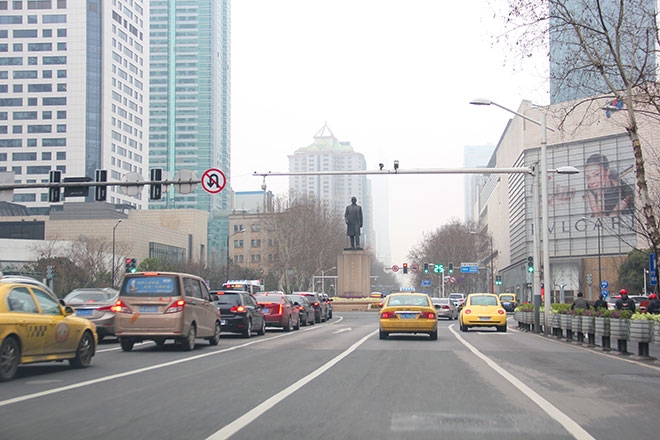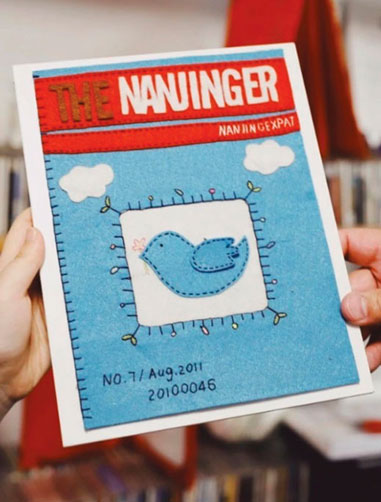While the headline may be a little of a misnomer, anyone who toils the 9 to 5 away in the heart of Nanjing cannot help to have noticed what could be termed a distinct lack of traffic during rush hour periods when compared to the situation more recently.
Nanjing Expat spoke to several sources inside city and vehicle administration departments who confirmed that there are number of reasons for the CDB auto dearth.
1. Parking Costs
In the not-so distant past, a Xinjiekou bound commuter could likely find a parking spot near their place of work for the very acceptable price of ¥10 per day. Today, these rare spots are few and far between, with the bulk of Xinjiekou parking lots now charging by the hour exclusively. With rates of ¥8-10 per hour, a day at the office can set you back ¥80 or more. For many,that extra 1,600-2,000 per month dent in their salary is off-putting enough to send them onto public transport; remember they are still paying off the nice car they bought.
2. Improved Signalling & Road Layout
Nanjing has made great headway in fine tuning its traffic light system and assignment of turning lanes. For just as in comedy, timing is everything. Whereas previously, the timing of lights would be a constant throughout the day, Nanjing Traffic 2.0 features prioritised timing that sees longer green lights assigned to busy intersections where the traffic flow is primarily in one direction. This is especially true of left turn lanes, and in some particularly-busy locations, left-turning traffic has been assigned an additional lane, often placed strategically on the right of the carriageway to also facilitate the large swing required of buses to round the corner.
3. Driver Behaviour
Slowly but surely, Nanjing’s drivers are coming to an appreciation that following recommended driving practice is better than the “generally observed principle” method of the past. In addition, driving skills are on the up too, as Nanjing’s auto enthusiasts gradually gain more experience behind the wheel. It all translates to better lane discipline that helps speed up traffic flow.
4. Pedestrian Behaviour
Whether it is on account of the number of gut-wrenching traffic accidents uploaded to Youku every day is debatable, but without doubt have the pavement bound in Nanjing have started to do just that; stay out of the driving lanes. In addition, improved behaviour at pedestrian crossings is seeing more people standing on the pavement awaiting the green man, as opposed to on the road in the turning lane.
5. Non-Vehicular Traffic
As above, those on two or three wheels hurtling along Nanjing’s streets have for the most part, realised is safer for them and better for all, if they stay on their designated part of the road.
6. Police Presence
In the Nanjing of old, police presence on the streets of Nanjing was a haphazard affair. Not any more. The new generation of traffic cops is a highly regimented, disciplined élite assigned to the vast majority of major intersections during peak periods. They don’t pull their punches either, never hesitating to discipline a wayward driver, pedestrian or hawker.
So where did all the cars go? Well, they are out there in the suburbs, either creating gridlock on the city’s inner ring road, sitting at home in garages awaiting their weekend of freedom while their owners cramp onto the metro from Monday Friday, or they are being driven around said suburbs, taking the kids to school, getting the groceries in and filling the car parks of coffee shops.
As any taxi driver in Nanjing will tell you, the way to get around in 2015 is by taking the low way, not the highway. For those on four wheels escaping Xinjiekou at 5.30pm, it’s good news all round.











